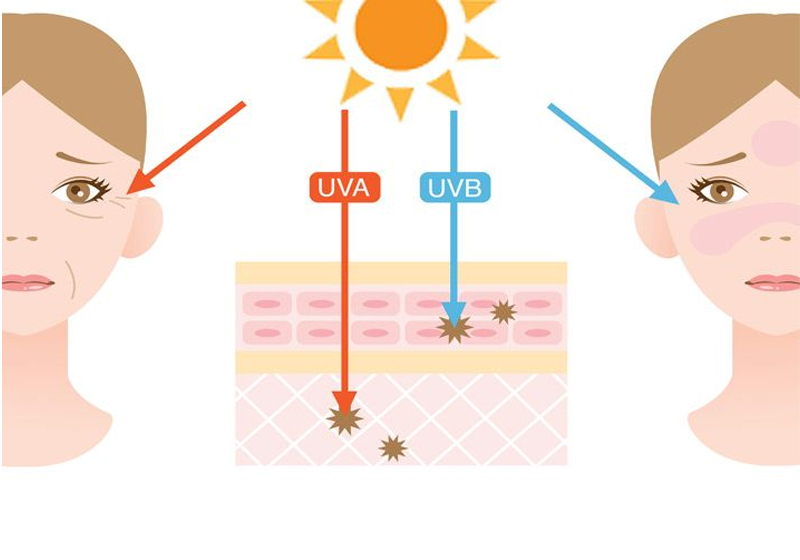Email cannot be empty
Password cannot be empty
Email format error
Email cannot be empty
Email already exists
6-20 characters(letters plus numbers only)
The password is inconsistent
Email format error
Email cannot be empty
Email does not exist
6-20 characters(letters plus numbers only)
The password is inconsistent


The Science of Sunscreen: 4 Key Ingredients and Smart Selection Strategies for Every Skin Type
Modern sunscreen formulations rely on carefully engineered combinations of active components. Let's examine the four cornerstone ingredients that form the basis of effective UV protection:
1. Stearic Acid: The Emulsion Stabilizer
This C18 fatty acid, naturally present in animal fats (24% in beef tallow) and plant oils (0.8-6% in vegetable sources), serves multiple functions:
- Creates stable emulsion systems in creams/lotions
- Enhances product spreadability
- Improves water resistance properties
- Common in physical sunscreen formulations
Production methods like fractional distillation ensure high purity levels (>90%) for cosmetic applications.
2. Octadecanol (Stearyl Alcohol): Texture Modifier
This fatty alcohol modifies product rheology through:
- Viscosity control in molten state
- Crystalline structure formation upon cooling
- Enhanced waterproof film formation
Synthesized via hydrogenation of stearic acid or ethylene polymerization, it's crucial for non-greasy formulations.
3. Petroleum Jelly: Barrier Enhancer
This hydrocarbon mixture (C20-C40) provides:
- Occlusive moisture barrier
- Improved SPF durability
- Post-sun exposure recovery
Pharmaceutical-grade variants undergo triple purification to remove carcinogenic impurities.
4. Propylene Glycol: Humectant Solution
This diol compound (C3H8O2) functions as:
- Solvent for organic UV filters
- Plasticizer in polymer-based screens
- Penetration enhancer for actives
USP-grade material maintains 99.5% purity with strict ethylene oxide controls.
Skin-Specific Formulation Strategies
Optimal sunscreen selection requires understanding your skin's biology:
Oily/Acne-Prone Skin Protocol
- Prioritize non-comedogenic formulas
- Seek silica-modified textures
- Avoid lipid-rich components:
- Isopropyl myristate
- Coconut derivatives
- Heavy esters
- Recommended: Hybrid (physical-chemical) systems with dimethicone
Dry/Sensitive Skin Solutions
- Require humectant-rich bases:
- Glycerin (5-10%)
- Hyaluronic acid complexes
- Barrier-supporting additives:
- Ceramides
- Cholesterol derivatives
- Exclude irritants:
- Oxybenzone
- Fragrance compounds
Combination Skin Balance
Implement zone-specific application:
- T-zone: Alcohol-free fluid textures
- Cheeks: Cream-based protection
- Neck: Silicone-enhanced formulas
Advanced Selection Criteria
SPF vs PA Rating Analysis
Rating System | UV Coverage | Protection Level
SPF (FDA) | UVB (290-320nm) | 97% protection at SPF30
PA (JPN/KOR) | UVA (320-400nm) | PA++++ = 16+ PPD
Photostability Considerations
- Avobenzone degradation rate: 36-50% after 1hr exposure
- Zinc oxide maintains 98% efficacy after 5hrs
- Encapsulation technologies improve stability by 40%
Innovative Formulation Trends
- Biofilm technology for 72hr adherence
- Antioxidant infusion (Vitamin E + Ferulic acid)
- Blue light protection additives (Lutein)
- Eco-certified water-resistant formulas

